Weekly Tech Recap - № 139 - Volocopter, PocketBeagle, mosquito repelling phone, RHP2 robot, etc.
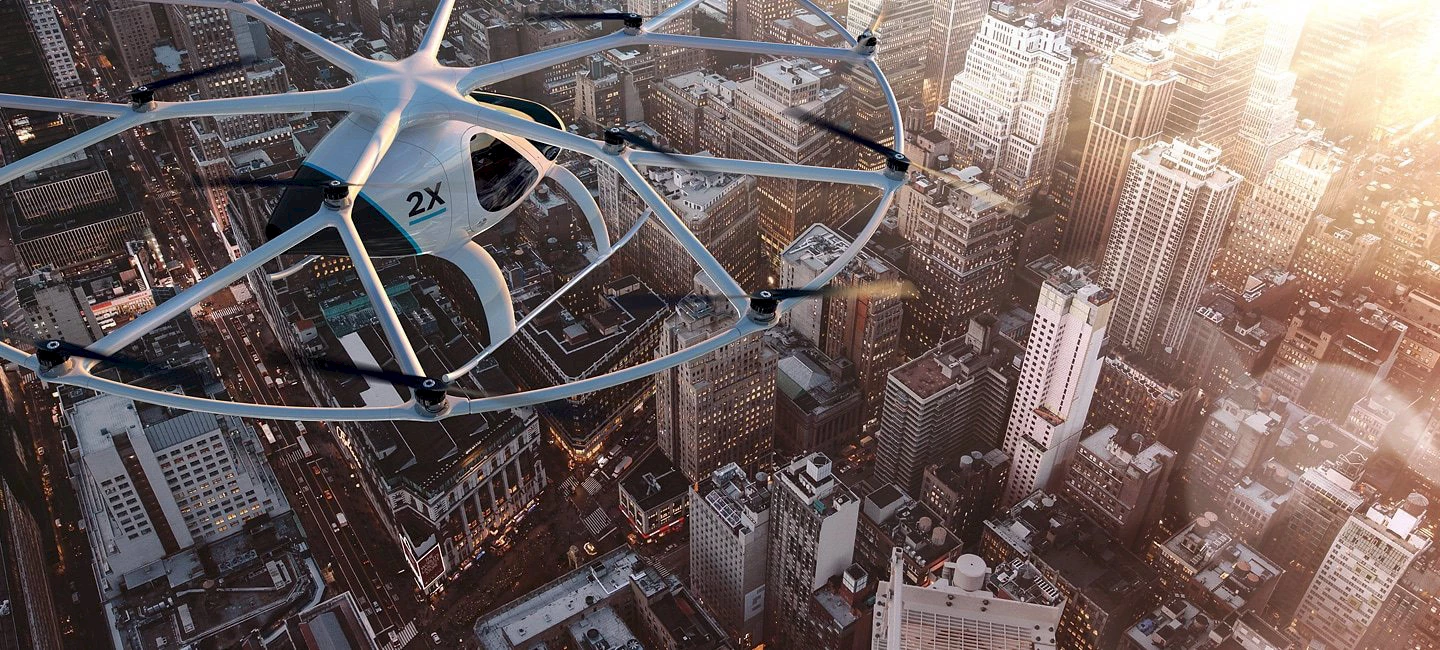
Flying taxis
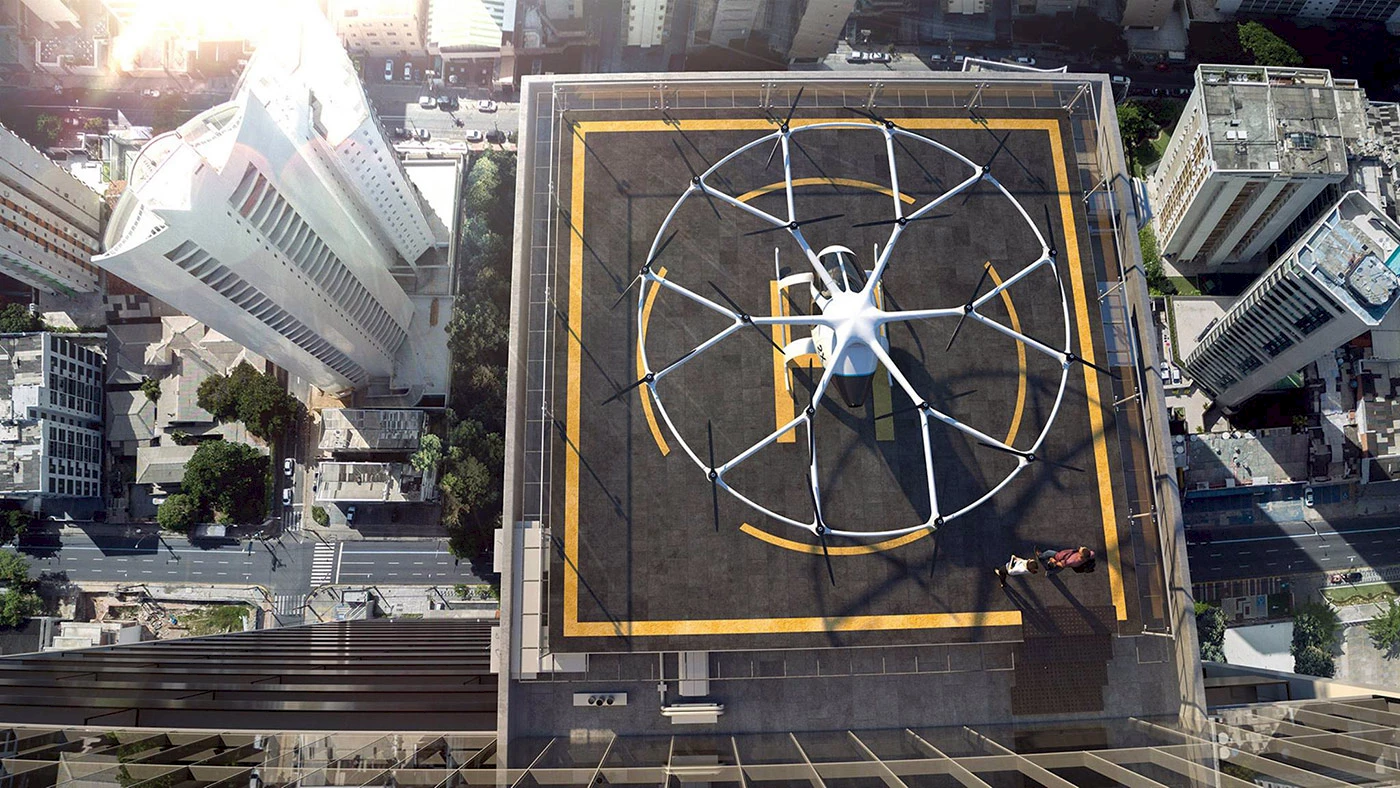
© Volocopter.
A prototype of the driverless flying taxi developed by German start-up Volocopter was tested passenger-less on the outskirts of Dubai. The craft is basically an 18-rotor electric drone able to fly for up to 30 minutes at 100km/h. Dubai is pioneering this mode of transportation as part of the futuristic image it seeks to project. UAE authorities say that the roll-out of driverless flying taxi service will have to wait for at least five years, while dedicated infrastructure and regulations are developed. Other entities, like Russian consortium Kalachnikov and European company Airbus, are also working on similar concepts, while Google cofounder Larry Page has invested 100 million dollars in Zee.Aero, a start-up founded in 2010 to work on an ultra-secret flying car project.
⇨ BBC News, “Dubai tests drone taxi service.”
PocketBeagle
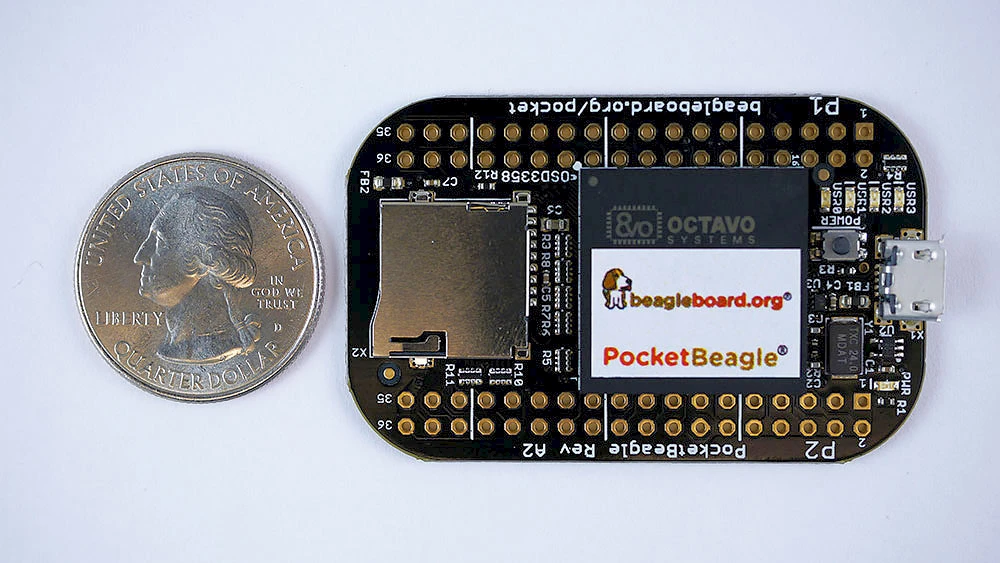
PocketBeagle. © BeagleBoard.org Foundation.
PocketBeagle is a new nano-computer measuring 56x35mm, similar to the Raspberry Pi Zero. It is based on the 21x21mm Octavo OSD3358 system-in-package and includes 512MB of DDR3 RAM, a 1GHz ARMv7 Cortex-A8, two 200 MHz programmable real-time units, a SGX530 graphics card and a power management system. The board also features micro-USB (OTG 2.0-compatible) and microSD connectors, and works with an adapted Debian Stretch distribution. Ideal for hobbyists and IoT professionals alike, the PocketBeagle is available for US$25 at Mouser, Arrow and Digi-Key.
⇨ Postscapes, “Tiny PocketBeagle single board computer launched as a to rival Raspberry Pi Zero.”
Mosquito phone
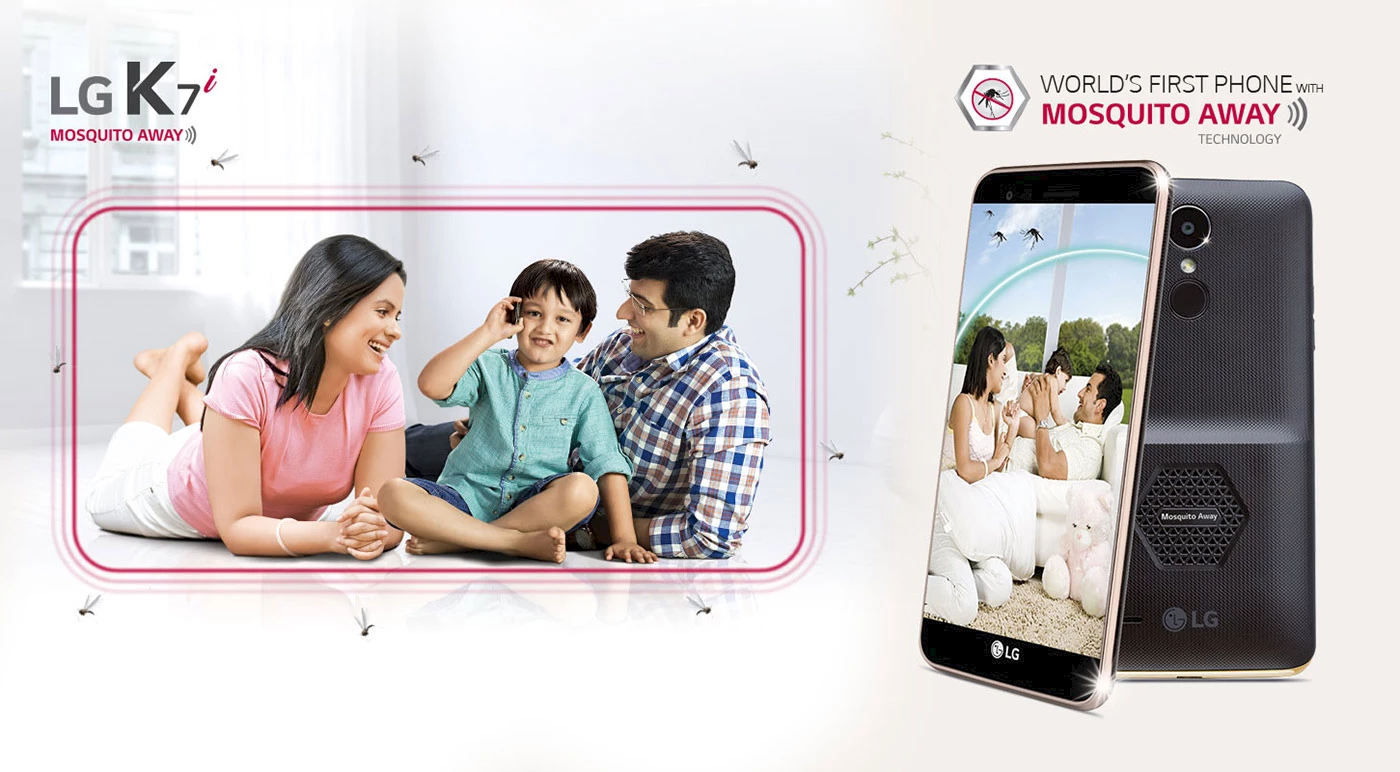
LG K7i. © LG Electronics.
LG has introduced a new entry-level Android phone in India, called the LG K7i. It will be sold for 7,990 rupees, or CA$150. Its unique feature is the built-in Mosquito Away technology: a bulge on the back houses an ultrasonic wave emitter supposed to keep mosquitos away. The feature would be particularly appealing in a country like India, but even here in Canada, it could come in handy in deep woods. Unfortunately, a systematic review of the scientific literature reveals without the shadow of a doubt that ultrasonic waves have no deterrent effect on mosquitoes. Pity… and shame on LG for taking advantage of people’s credulity.
⇨ PhoneRadar, “LG K7i Smartphone with Mosquito Away feature Launched in India for Rs 7,990.”
⇨ Enayati A., Hemingway J., Garner P. “Electronic mosquito repellents for preventing mosquito bites and malaria infection.” Cochrane Database of Systematic Reviews. 2007, Issue 2. Art. No.: CD005434 [PDF].
Free Viewpoint Video System
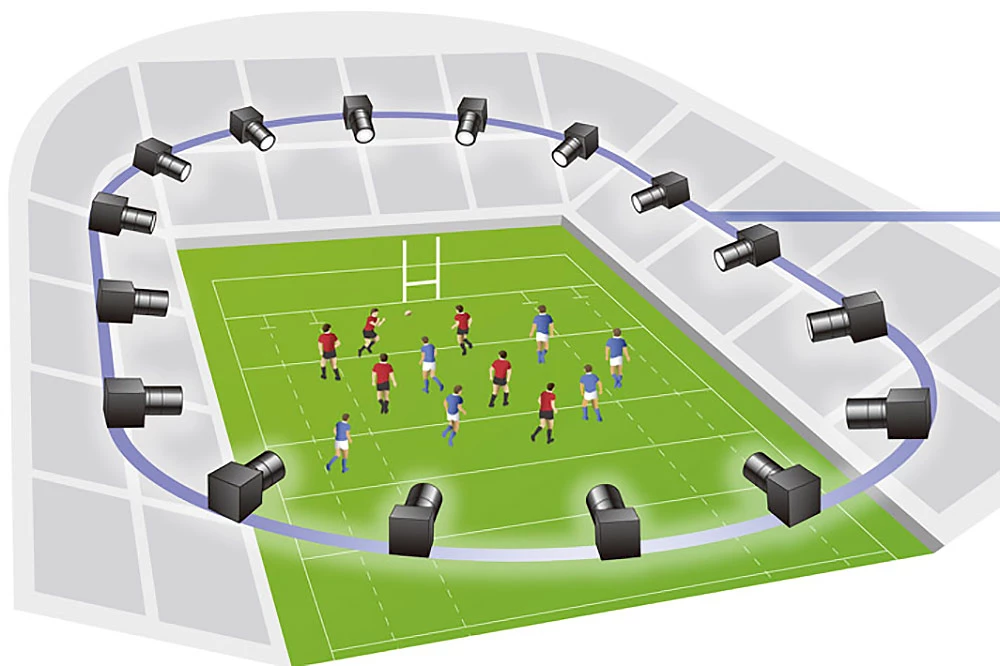

Canon unveiled a system it is developing to simulate a video camera in real-time. The virtual camera will give viewers the impression of being in the thick of it at events like soccer games, for example. The system requires about fifteen high-res cameras to be positioned around the pitch. The Japanese company declined to go into technical detail, but did provide a demonstration video giving a good idea of the potential of the tool. For example, in the future, viewers wearing virtual reality goggles could imagine being right on the pitch. The Free Viewpoint system could revolutionize the way sports events are filmed, and watched.
⇨ Digital Photography Review, “Canon’s ‘virtual camera’ system will turn sports games into 3D videos you can explore.”
Fall-proof robots
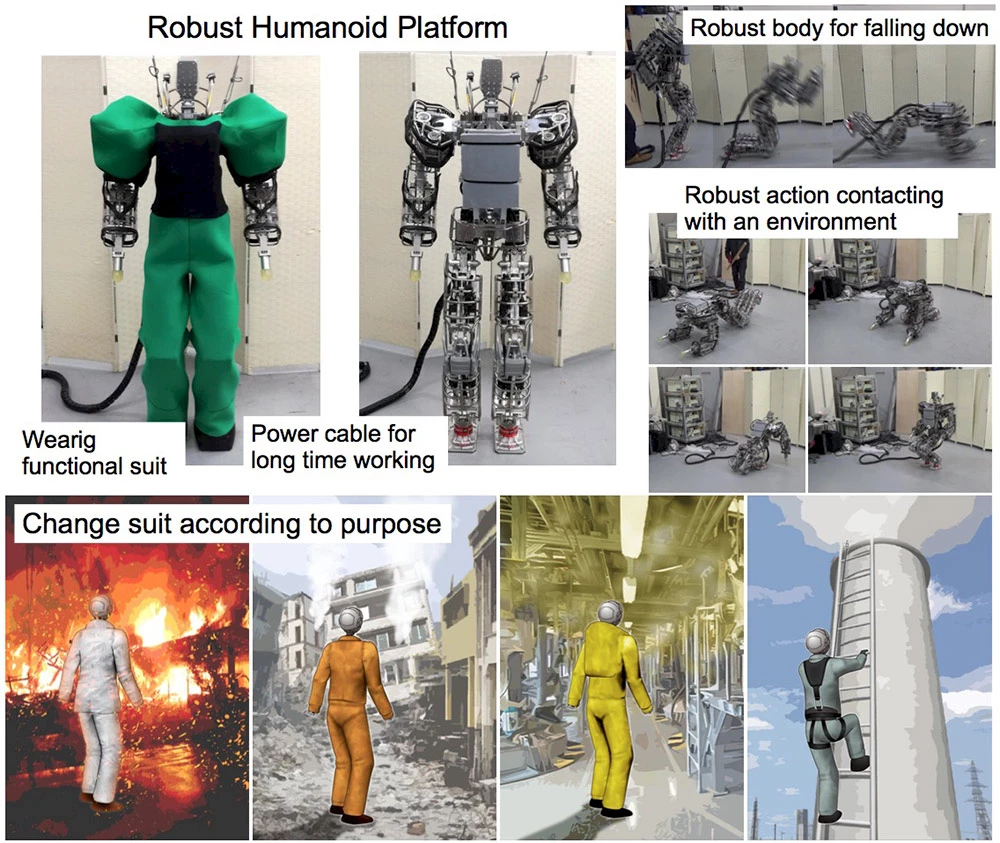
RHP2. © University of Tokyo.
Robots are great when they’re up, but once they’re down, they stay down. A team from the University of Tokyo and Kawasaki Heavy Industries has adopted a new approach: fall-proof instead of fall-less. The Robust Humanoid Robot (RHP2) falls over all the time, but keeps getting back up again and carrying on. The humanoid, life-size machine is covered in metal armor protecting it from fall-related damage, and has autonomous behaviors to get itself upright again after a fall. It can be sheathed in a waterproof, fireproof suit to work in disaster sites or wet environments. RHP2 is powered by electric motors and needs an electric tether line, though it will eventually be upgraded to hydraulics
⇨ IEEE SPectrum, “Life-size humanoid robot is designed to fall over (and over and over).”
